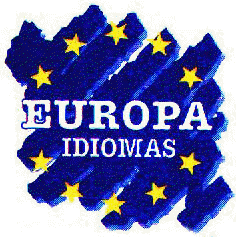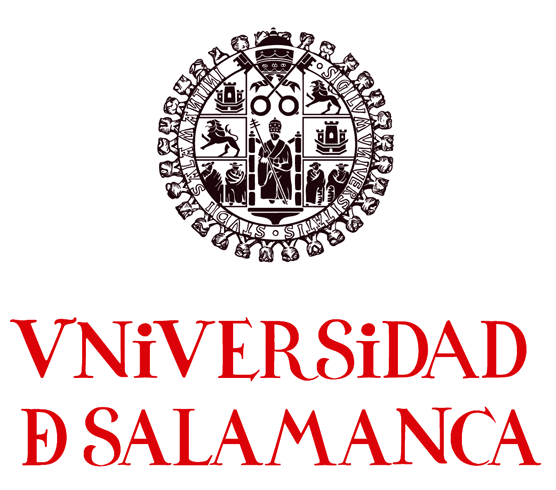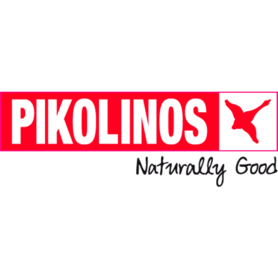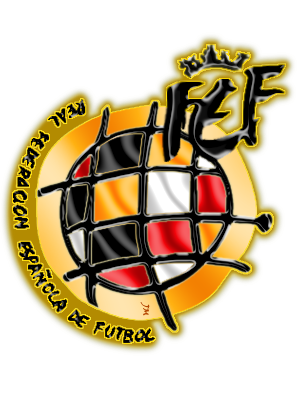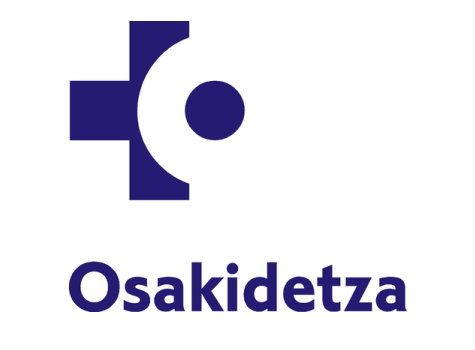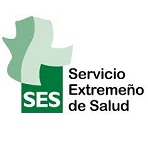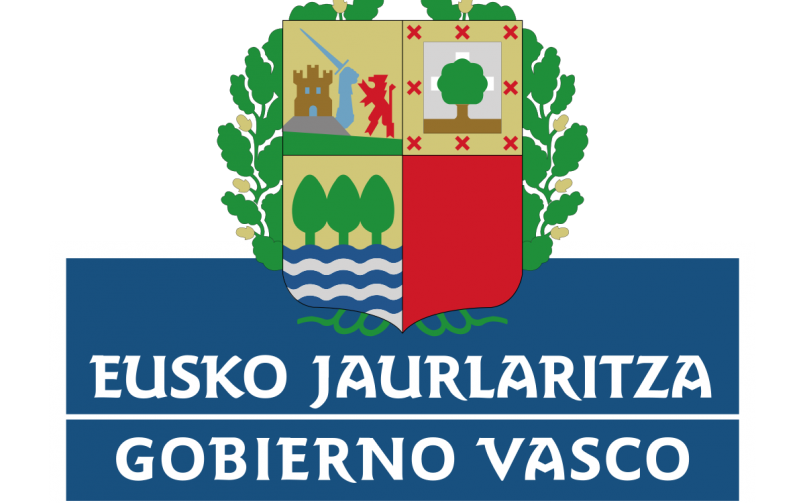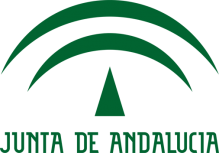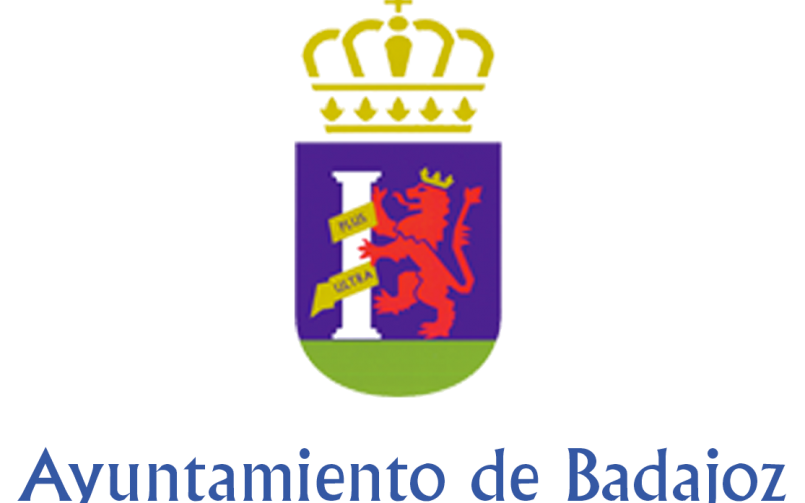My teaching methodology so far, supported with professional training, new methodologies, and input from peers and supervisors, aims first of all to be flexible. My teaching style and method adjust themselves to the learner audience, rather than being fixated on textbook convictions and a strict curriculum. I have come to recognize that in order to be a good instructor I need to be aware of my students’ learning pace both individually and as a group. Also, some grammatical issues tend to be more complex than others. Being aware of this fact, I often modify the amount of time allotted for a particular grammar topic, knowing that successful language learning entails not only systematicity but also a good grasp of the language structure.
The better I know my students, the better I can identify the moment when my instruction fails to be informative and effective, and take action to rectify it. In order to make sure that the material is fully understood, I give my students short written exercises or elicit brief explanations from them. I make sure to always check whether anything needs repetition or more practice, or even a different angle of approach. Many of my students comment on the usefulness of the supplementary worksheets and handouts I create. In class, as well as during the review sessions, my students have the option of working either in pairs, small groups, or individually. Working in pairs or small groups is, I find, particularly helpful, as students also learn a great deal from their peers. The combination of activities – reading, speaking, listening, and writing – not only addresses the four aspects of language learning, but also allows each of the students to see which of these modes appeals to their personal learning styles. While repetition provides for good language practice and reinforcement of the material, to be a successful language learner one must develop one’s own language learning skills. I strive to give my students a chance to do so.
Foreign language instruction cannot be divorced from the culture of the language. It is important for me to include cultural elements in the language curriculum and help students discover the two simultaneously and make connections between them. The use of even the simplest authentic materials, such as magazine advertisements, children’s cartoons, newspaper headlines, or popular songs, gives a language class a different, perhaps less textbook-orientated character and promotes exposure to target language use in its native context. Short biographies of famous persons also generate a lot of interest among the students and are a wonderful way of weaving in culture with language. Oftentimes the students’ personal interest in Spanish or English music, literature or even politics develops in my language class, leading them to declare a major or a minor in Spanish or English studies and providing them with yet another incentive to learn the language successfully.
Teaching is a rewarding and enriching experience. It is also demanding and carries with it many responsibilities. My duties often extend beyond the classroom and lesson planning. While being an instructor according to the job description, I often find myself in the practical position of an academic advisor, mentor, and sometimes even personal counselor. For these reasons, the many-sided role can at times be quite challenging. Nonetheless, the trust and confidence students place in me while sharing their personal joys and worries alike are proof enough that my positive attitude towards teaching is as important as my devotion to students.
I have already learned a great deal from my students and continue to do so and to improve. Their questions and feedback help me to be perceptive and flexible, to constantly strive to provide high quality instruction and interesting activities. But they also teach me an invaluable lesson – the more I care about, them the easier it is to become a good instructor. I make a point of devoting attention to each student in my class individually, not just to the group as a whole. I want them to be successful language learners, not just to get credit for the course. Evaluation comments such as the following let me know that students recognize my efforts and values: “Magdalena is a caring instructor and most importantly responsive to her students. She goes out of her way to create a great atmosphere for learning.” “She is very balanced between teaching and being a compassionate human being.”
The rewards of this profession by far outweigh its difficulties!













